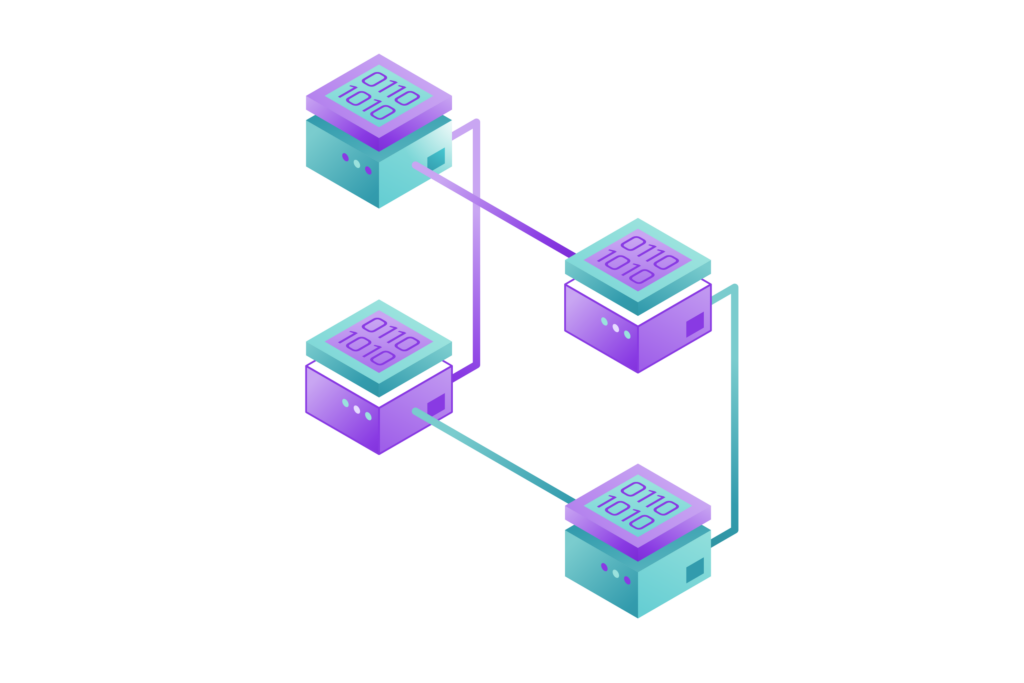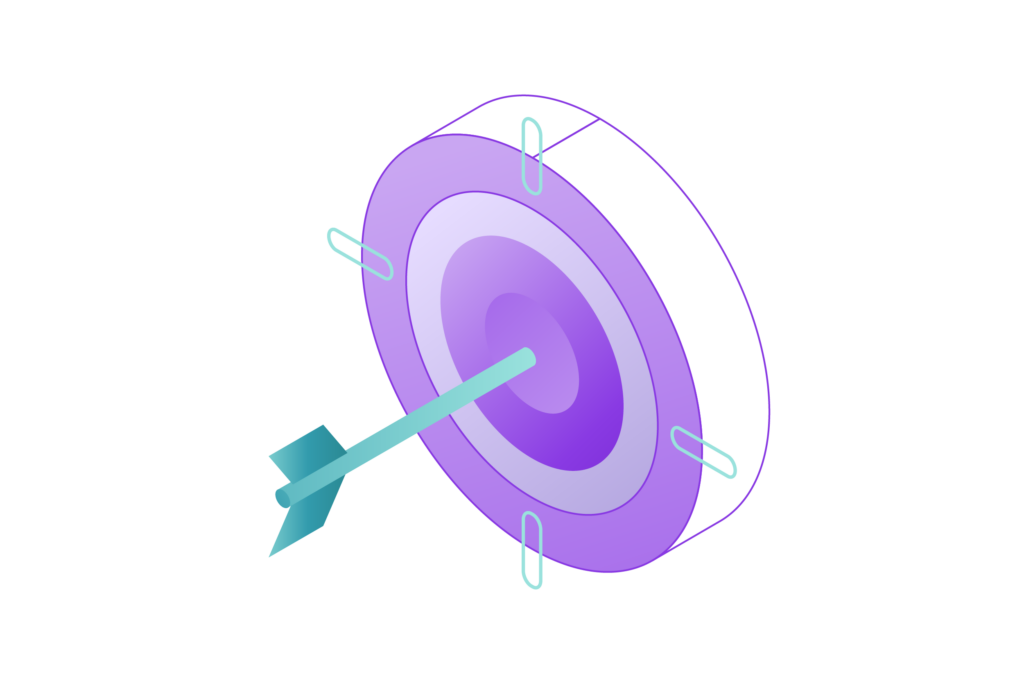
In mathematics, matrices are fundamental tools used to solve complex problems in various fields such as physics, engineering, and computer science. Among these, a special type of matrix called the tridiagonal matrix stands out for its simplicity and efficiency. Despite its straightforward structure, it plays a significant role in computational mathematics.
This article will guide you through the basics of tridiagonal matrices, explaining what they are, their unique characteristics, and why they are widely used. Whether you’re a student, researcher, or professional, understanding tridiagonal matrices can provide insights into solving linear equations, performing numerical analysis, and more.
By the end of this article, you’ll have a clear understanding of tridiagonal matrices, their mathematical importance, and real-world applications. Let’s dive in!
What Is a Tridiagonal Matrix?

A tridiagonal matrix is a type of square matrix characterized by its sparse structure. In this matrix, nonzero elements are confined to three specific diagonals: the main diagonal, the upper diagonal (the diagonal directly above the main diagonal), and the lower diagonal (the diagonal directly below the main diagonal). All other elements are zero, which makes this matrix highly compact and computationally efficient.
To better understand this concept, think of a square grid of numbers. In a tridiagonal matrix, the central diagonal (the main diagonal) contains significant values, while the diagonals just above and below it hold additional nonzero values. Everywhere else, the grid is filled with zeros. This unique arrangement allows the matrix to represent complex mathematical relationships in a very simplified and storage-efficient form.
For example, in a four-by-four tridiagonal matrix:
- The main diagonal consists of four elements, often referred to as a1, a2, a3, a4. These are the key values that dominate the matrix.
- The upper diagonal contains three elements, often called b1, b2, b3, located immediately above the main diagonal.
- The lower diagonal also has three elements, c1, c2, c3, located just below the main diagonal.
- All other positions in the matrix are zero, making it sparse and efficient to work with.
This unique structure has several practical applications and advantages, which we’ll explore in detail. Below are the defining features and benefits of a tridiagonal matrix:
Also Read: Quant Matter: Quantitative Trading Firm in Singapore
Properties of Tridiagonal Matrices

Understanding the unique properties of tridiagonal matrices is essential for solving complex mathematical and computational problems efficiently. These properties make tridiagonal matrices stand out as practical and powerful tools in numerical analysis and other fields. Below are some of their key features explained in detail:
1. Sparse Structure
One of the most defining features of tridiagonal matrices is their sparsity. The majority of the elements in a tridiagonal matrix are zero, with nonzero values appearing only on three specific diagonals: the main diagonal, the upper diagonal, and the lower diagonal.
- Why is sparsity important?
Sparsity plays a crucial role in computational efficiency. In traditional matrices, computations involve a large number of unnecessary operations with zero values, which can slow down processing and require significant memory. However, in tridiagonal matrices, these zero elements are ignored, saving computational resources.
- Impact on storage:
For a standard 𝑛 × 𝑛 matrix, all 𝑛2 elements must be stored. In contrast, a tridiagonal matrix only requires storage for 3𝑛 − 2 elements (one main diagonal of size 𝑛, one upper diagonal of size 𝑛 − 1, and one lower diagonal of size 𝑛 −1). This reduced storage requirement is especially beneficial for large systems, where memory limitations can be a concern.
2. Symmetry
A tridiagonal matrix is considered symmetric if the elements on the upper diagonal are equal to those on the lower diagonal. In other words, if the upper diagonal 𝑏𝑖 and the corresponding lower diagonal 𝑐𝑖 have the same values, the matrix is symmetric.
- Why is symmetry important?
Symmetry simplifies many mathematical operations, making them computationally less intensive. For example, in eigenvalue calculations, symmetric matrices are easier to handle because they have real eigenvalues and orthogonal eigenvectors, which are properties that can be exploited in numerical algorithms.
- Applications of symmetric tridiagonal matrices:
Symmetric tridiagonal matrices often arise in problems involving vibrations, stability analysis, and quantum mechanics. They are also used in advanced numerical methods for finding eigenvalues, such as the Lanczos algorithm.
3. Bandwidth
The bandwidth of a matrix refers to the width of the band containing all nonzero elements. In a tridiagonal matrix, the bandwidth is three because the nonzero elements are confined to the main diagonal, one diagonal above it, and one diagonal below it.
- Why is bandwidth significant?
The small bandwidth of tridiagonal matrices reduces the complexity of computations. For instance, when multiplying a tridiagonal matrix by a vector, only a few nonzero entries contribute to each element of the result vector, minimizing unnecessary calculations.
- Comparison to other matrices:
For dense matrices, computations scale poorly with matrix size because they involve a much larger number of nonzero elements. In contrast, tridiagonal matrices are computationally efficient because their small bandwidth ensures that only the necessary elements are processed.
4. Efficient Algorithms
One of the major advantages of tridiagonal matrices is their compatibility with specialized algorithms that are tailored to their unique structure.
- The Thomas Algorithm:
The Thomas algorithm, also known as the tridiagonal matrix algorithm (TDMA), is a direct solver for systems of linear equations with a tridiagonal coefficient matrix. It is faster and more memory-efficient than general methods like Gaussian elimination.
- The Thomas algorithm operates in 𝑂(𝑛) time, where 𝑛 is the size of the matrix, making it highly efficient for large systems.
- It uses a two-step process: forward elimination to simplify the matrix and backward substitution to find the solution.
- Iterative Methods:
Tridiagonal matrices are also compatible with iterative solvers like the Jacobi and Gauss-Seidel methods, which are commonly used for solving sparse systems. These methods converge faster when applied to tridiagonal matrices due to their sparse and structured nature.
- Eigenvalue Algorithms:
For eigenvalue problems, specialized algorithms like the QR algorithm and the Lanczos method are optimized for tridiagonal matrices. These algorithms take advantage of the sparsity and small bandwidth to perform computations more efficiently.
Additional Properties of Tridiagonal Matrices
- Diagonal Dominance:
Many tridiagonal matrices, especially those arising in physical applications like heat conduction or fluid dynamics, are diagonally dominant. This means the absolute value of each element on the main diagonal is greater than or equal to the sum of the absolute values of the other elements in the same row. Diagonal dominance ensures the stability of numerical solutions.
- Invertibility:
Tridiagonal matrices are often invertible, especially when they arise from discretizations of well-posed physical problems. Their inverses also tend to exhibit a sparse structure, which is advantageous for computations.
- Stability and Error Propagation:
Algorithms designed for tridiagonal matrices are numerically stable. This means that even for large systems, the solutions are accurate and do not suffer from significant error propagation, which is common in computations involving dense or poorly conditioned matrices.
Advantages and Challenges of Tridiagonal Matrices

Tridiagonal matrices are a critical tool in mathematics and computational tasks. While they provide significant benefits in terms of efficiency and simplicity, they also come with specific challenges that must be addressed. Below, we’ve separated the advantages and challenges to provide a clear understanding of their strengths and limitations.
Advantages of Tridiagonal Matrices
| Advantage | Details |
| Reduced Computational Cost | Sparse matrices require fewer operations, making them ideal for solving large-scale problems efficiently. |
| Simplified Storage | Only three diagonals contain nonzero elements, so tridiagonal matrices require significantly less memory to store. |
| Stability in Numerical Methods | Algorithms designed for tridiagonal matrices, such as the Thomas algorithm, are stable and produce reliable results, even for large systems. |
| Versatility Across Applications | Tridiagonal matrices are widely applicable, appearing in physics simulations, financial modeling, engineering problems, and more. |
Challenges of Tridiagonal Matrices
| Challenge | Details |
| Limited Scope | The structure of tridiagonal matrices makes them unsuitable for problems with nonzero elements outside the three specified diagonals. |
| Dependence on Special Algorithms | Efficiently solving tridiagonal systems often requires specialized algorithms, such as the Thomas algorithm, which may not be intuitive for beginners. |
| Boundary Conditions | Setting up tridiagonal matrices in problems involving differential equations can be challenging, as it requires careful application of boundary conditions. |
Tridiagonal matrices are powerful tools in computational mathematics, providing significant advantages such as reduced computational cost, simplified storage, and stability in numerical methods. They are versatile and widely applicable, making them essential for solving large-scale problems in fields like physics, engineering, and financial modeling.
However, their limitations, including their restricted structure, dependence on specialized algorithms, and sensitivity to boundary conditions, highlight the need for a solid understanding of their use. By recognizing these strengths and challenges, users can effectively utilize tridiagonal matrices to achieve efficient and reliable results in a variety of contexts.
Also Read: What Are Quant Hedge Funds? A Simple Guide to Hedge Fund Strategies
Applications of Tridiagonal Matrices
Tridiagonal matrices are found in numerous fields due to their practical advantages. Here are some common applications:
1. Solving Linear Equations
Tridiagonal matrices often appear in systems of linear equations, particularly in problems involving differential equations. They simplify computations, saving both time and resources.
2. Numerical Analysis
In numerical analysis, tridiagonal matrices arise in finite difference methods for approximating solutions to differential equations. They are also used in interpolation and curve fitting.
3. Physics and Engineering
Physical systems modeled by partial differential equations, such as heat conduction, wave propagation, and fluid dynamics, frequently involve tridiagonal matrices.
4. Computer Graphics
In computer graphics, tridiagonal matrices help with tasks such as image processing, animation, and rendering algorithms.
5. Eigenvalue Problems
Tridiagonal matrices are useful in finding eigenvalues and eigenvectors, which have applications in quantum mechanics, machine learning, and control systems.
Conclusion
Tridiagonal matrices, with their compact structure and computational efficiency, are invaluable tools in mathematics and science. They simplify solving linear systems, especially in large-scale problems, and appear in various fields ranging from numerical analysis to physics and engineering.
Understanding their properties, applications, and algorithms like the Thomas method can significantly enhance problem-solving skills. By leveraging these matrices, complex computations become more manageable, saving time and resources.
As technology advances and computational needs grow, the importance of tridiagonal matrices will continue to rise, cementing their place in the mathematical toolbox.
Disclaimer: The information provided by Quant Matter in this article is intended for general informational purposes and does not reflect the company’s opinion. It is not intended as investment advice or a recommendation. Readers are strongly advised to conduct their own thorough research and consult with a qualified financial advisor before making any financial decisions.

Joshua Soriano
As an author, I bring clarity to the complex intersections of technology and finance. My focus is on unraveling the complexities of using data science and machine learning in the cryptocurrency market, aiming to make the principles of quantitative trading understandable for everyone. Through my writing, I invite readers to explore how cutting-edge technology can be applied to make informed decisions in the fast-paced world of crypto trading, simplifying advanced concepts into engaging and accessible narratives.
- Joshua Soriano#molongui-disabled-link
- Joshua Soriano#molongui-disabled-link
- Joshua Soriano#molongui-disabled-link
- Joshua Soriano#molongui-disabled-link
